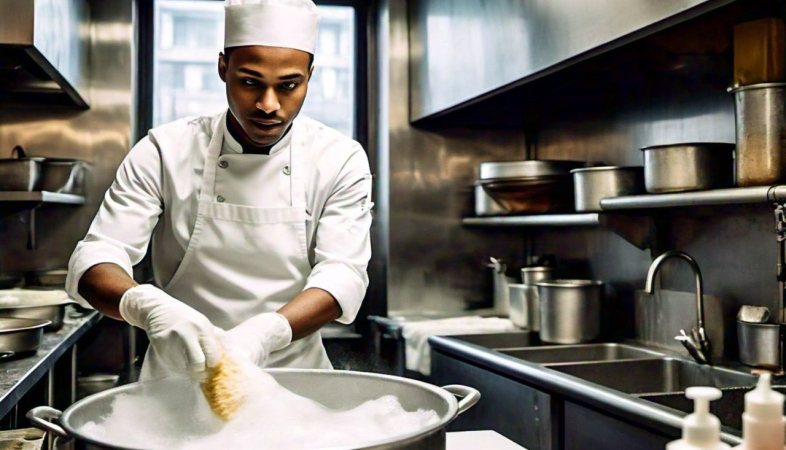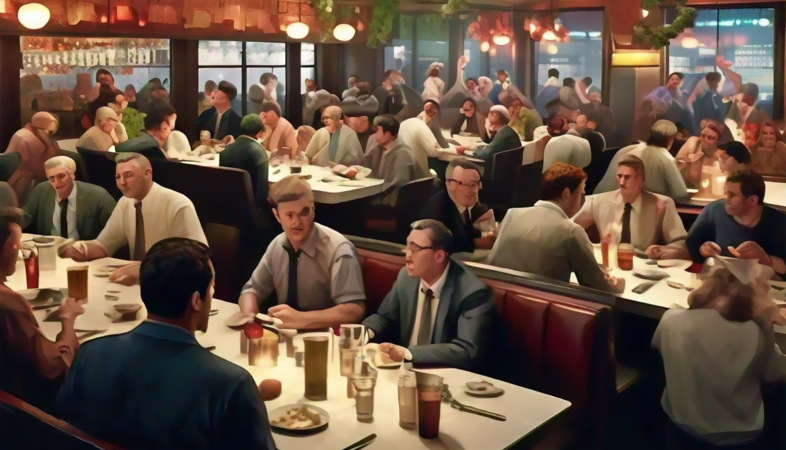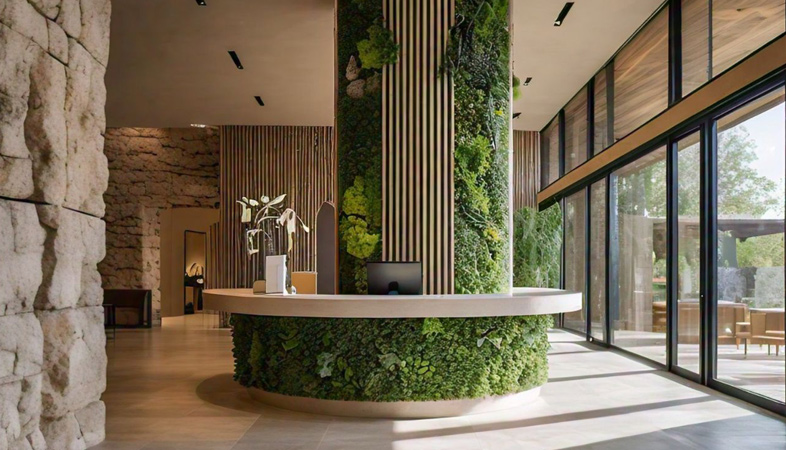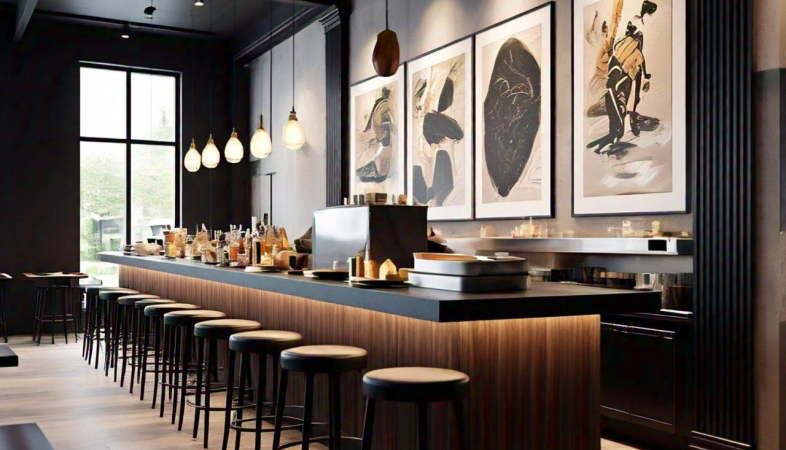Restaurant Technology Trends: From Contactless Payments to Smart Menus
As the industry adapts to new demands, several key technology trends have emerged, shaping the future of dining.
In the fast-evolving landscape of the restaurant industry,
technology continues to play a pivotal role in enhancing operations and
improving customer experiences. With the rise of digital solutions, restaurants
are increasingly adopting innovative technologies that streamline processes,
elevate dining experiences, and cater to the changing preferences of consumers.
As the industry adapts to new demands, several key technology trends have
emerged, shaping the future of dining.
One of the most significant shifts in recent years has been the widespread adoption of contactless payment systems. The pandemic accelerated this trend, as consumers sought safer, more hygienic ways to pay for their meals. Contactless payments, whether through mobile wallets or tap-and-go credit cards, offer a convenient and secure method for customers to complete transactions without physical contact. This technology not only enhances the dining experience by reducing wait times but also addresses health and safety concerns. Restaurants that embrace contactless payment options can cater to the growing demand for convenience and security, making the payment process seamless for diners.
Smart menus are another trend transforming the restaurant experience. Digital menus, accessible via QR codes, mobile apps, or tablets, provide an interactive and engaging way for customers to explore offerings. These smart menus often include detailed descriptions, high-quality images, and even nutritional information, helping diners make informed choices. Additionally, restaurants can easily update their menus in real time to reflect changes in availability or seasonal specials. This flexibility not only improves operational efficiency but also enhances customer satisfaction by ensuring that diners have the most accurate and up-to-date information at their fingertips.
Personalization is a crucial element in today's dining experience, and technology is making it easier for restaurants to cater to individual preferences. Data analytics allows restaurants to gather insights on customer behavior, enabling them to tailor marketing efforts and menu suggestions based on past dining experiences. Loyalty programs integrated with mobile apps can reward customers with personalized offers, creating a sense of connection and encouraging repeat visits. By leveraging technology to understand and anticipate customer needs, restaurants can foster loyalty and enhance overall satisfaction.
Online ordering and delivery services have also become integral to restaurant operations, especially as more consumers prefer dining at home. Many restaurants have adopted third-party delivery platforms or developed their own delivery apps to meet this demand. However, the challenge lies in maintaining food quality and service standards during delivery. As a solution, some establishments are investing in technology that tracks delivery routes, ensuring timely and efficient service. This approach not only improves the customer experience but also helps restaurants optimize their delivery operations, ultimately leading to increased sales and customer satisfaction.
Furthermore, restaurant management systems are evolving to streamline back-of-house operations. From inventory management to staff scheduling, technology solutions are automating processes that were once time-consuming and prone to human error. Cloud-based platforms allow restaurant owners to monitor operations in real time, providing valuable insights that drive efficiency and reduce waste. By implementing these systems, restaurants can focus more on delivering exceptional dining experiences rather than getting bogged down by administrative tasks.
In addition to operational efficiency, technology is also enhancing the ambiance of dining experiences. Smart lighting and sound systems can be integrated into restaurant designs, creating customizable environments that adapt to different dining occasions. Whether it’s a lively brunch or an intimate dinner, technology can set the mood, enhancing the overall experience for guests. This attention to detail can differentiate a restaurant from its competitors, providing a unique and memorable dining atmosphere.
As sustainability becomes a growing concern for consumers, technology is also playing a role in promoting eco-friendly practices within the restaurant industry. Digital tools can help restaurants track and reduce food waste, manage energy consumption, and source local ingredients. By leveraging technology to implement sustainable practices, restaurants can appeal to environmentally conscious consumers while also contributing to a healthier planet.
Lastly, the integration of artificial intelligence (AI) is poised to revolutionize the restaurant experience. From chatbots handling customer inquiries to predictive analytics optimizing inventory levels, AI technology is streamlining operations and enhancing customer interactions. AI-driven systems can analyze customer feedback and preferences, enabling restaurants to make data-driven decisions that improve overall service quality.
Technology is reshaping the restaurant industry, from contactless payments and smart menus to personalized dining experiences and efficient management systems. As consumer preferences continue to evolve, restaurants that embrace these trends will be better positioned to attract and retain customers. By leveraging technology to enhance operations, improve customer experiences, and promote sustainability, restaurants can thrive in a competitive landscape. The future of dining is not just about great food; it’s about delivering exceptional experiences that cater to the needs and expectations of modern diners.
.png)






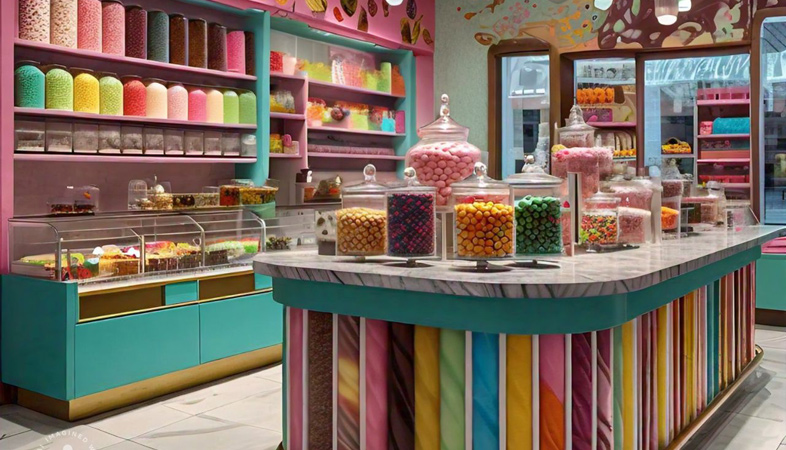

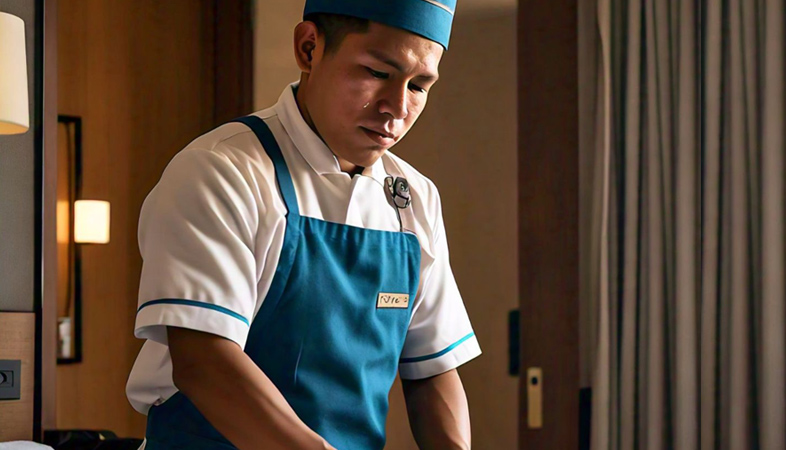
.jpg)


